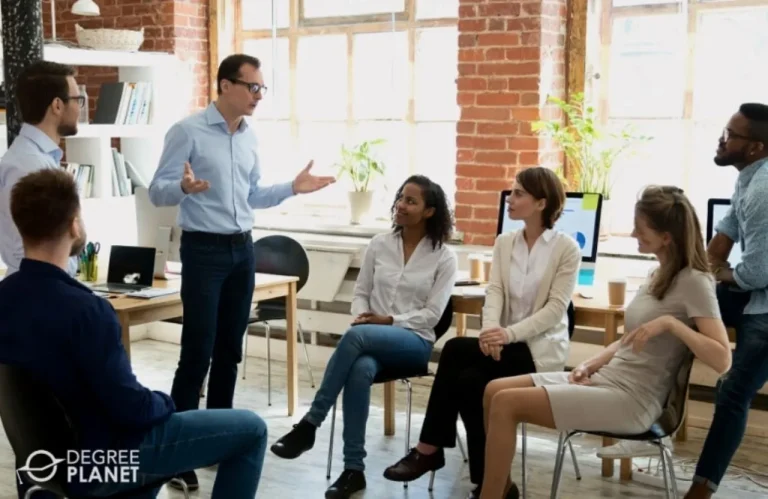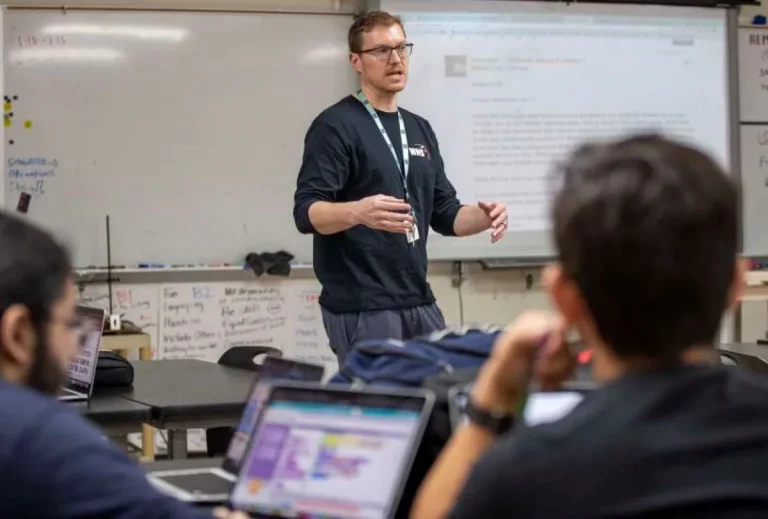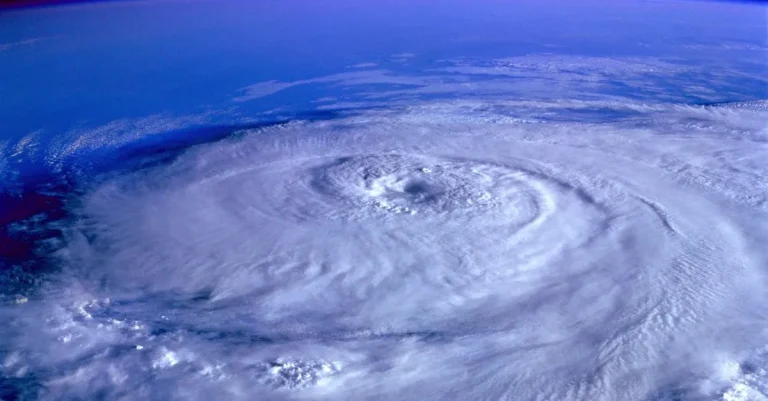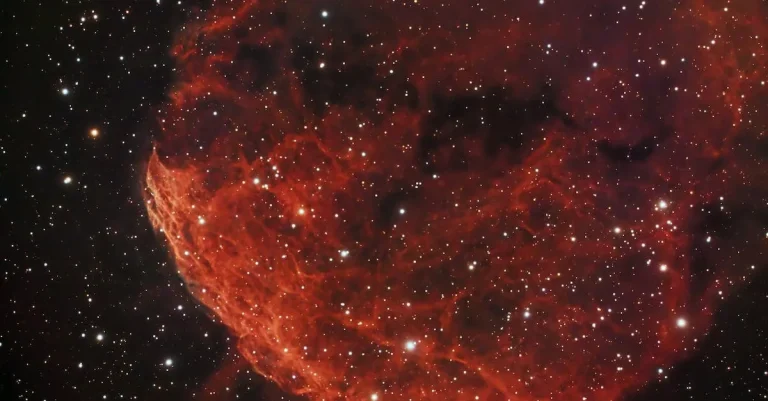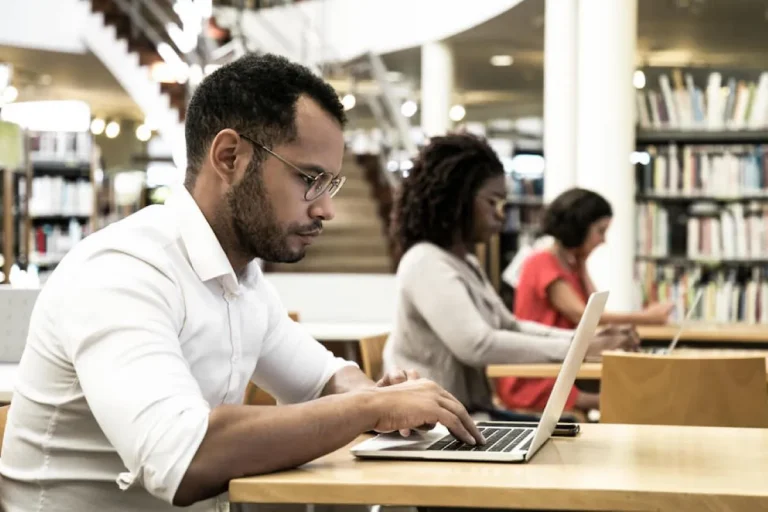Best Science Fair Ideas For 6Th Graders
As a 6th grader, participating in a science fair is an exciting opportunity to showcase your knowledge and skills in science, technology, engineering, and math (STEM). But coming up with an interesting, doable science fair project idea can be challenging.
If you’re short on time, here’s a quick answer to finding great science fair ideas for 6th grade: Choose a hands-on experiment testing a hypothesis in topics like food science, engineering, earth science, or human biology.
Popular choices include testing which materials work best for cleaning up oil spills, how wings and fins affect air and water resistance, which brand of battery lasts longest, and how music tempo impacts heart rate.
In this comprehensive guide, we will provide dozens of great science fair ideas for 6th grade students divided by scientific field. We’ll also offer tips on selecting the right project, conducting experiments, analyzing data, and presenting your work to make your science fair experience a success.
Physical Science Projects
Heat Transfer and Insulators
One exciting project idea for 6th graders is to investigate heat transfer and insulators. They can explore how different materials affect the transfer of heat and how insulators can help retain heat. A simple experiment can involve testing the effectiveness of various materials, such as metal, plastic, and fabric, in insulating heat.
Students can use thermometers to measure the temperature changes and record their findings. This project not only allows students to understand the concept of heat transfer but also encourages critical thinking and problem-solving skills.
Sound and Light Experiments
Another engaging topic for 6th-grade science fair projects is sound and light. Students can explore how sound waves travel and the factors that affect their propagation. They can conduct experiments to demonstrate how different materials absorb or reflect sound waves.
Additionally, students can investigate the properties of light, such as refraction and reflection. They can create a prism using a glass or plastic container filled with water and observe how light bends as it passes through different mediums.
These experiments help students grasp the fundamental concepts of sound and light while providing hands-on learning experiences.
Simple Machines and Engineering
Introducing 6th graders to the world of simple machines and engineering can be both educational and entertaining. Students can explore the different types of simple machines, such as levers, pulleys, and inclined planes, and build their own models to demonstrate their functions.
They can investigate how these machines make work easier by reducing the amount of force needed. This project can also involve a real-world application, such as designing and constructing a small-scale bridge or a simple catapult.
By engaging in hands-on activities, students not only learn about the principles of engineering but also develop problem-solving and teamwork skills.
For more project ideas and detailed instructions, check out educational websites like Science Buddies or Education.com. These resources provide a wide range of science fair project ideas for 6th graders, along with step-by-step guides to help students successfully complete their projects.
Remember to choose a project that interests your child and aligns with their scientific curiosity, as this will enhance their engagement and enthusiasm throughout the process.
Life Science and Health Projects
Human Body and Senses
One fascinating area of life science is exploring the human body and our senses. A great project idea for 6th graders is to investigate how our sense of taste works. Students can design an experiment to test how different factors such as temperature, texture, and color affect our perception of taste.
They can gather data by conducting taste tests with volunteers and analyzing the results. This project not only teaches students about the science behind taste but also allows them to develop their critical thinking and data analysis skills.
Plants and Ecosystems
Another engaging topic for 6th-grade life science projects is studying plants and ecosystems. One interesting project idea is to investigate the effects of different types of fertilizers on plant growth.
Students can set up several plant pots and use different fertilizers, such as organic and chemical-based ones, to see which fertilizer produces the best results. They can measure the height, number of leaves, and overall health of the plants over a period of time.
This project not only teaches students about the importance of nutrients for plant growth but also introduces them to the concept of sustainable farming practices.
Food Science Experiments
Food science is an exciting branch of life science that combines chemistry, biology, and nutrition. For a fun and educational project, 6th graders can explore the science behind baking. They can experiment with different ingredients, such as yeast, baking soda, and baking powder, to see how they affect the rise and texture of baked goods.
Students can document their findings through photos and written observations, and even create a recipe book of their successful creations. This project not only allows students to apply scientific principles to everyday activities but also encourages their creativity in the kitchen.
Earth Science Projects
Water Conservation and Filtration
One fascinating earth science project idea for 6th graders is to explore water conservation and filtration. Students can learn about the importance of conserving water and come up with innovative ways to reduce water waste in their everyday lives.
They can also build a water filtration system to understand how pollutants can be removed from water sources. For detailed instructions and ideas, students can visit websites like www.epa.gov/stormwater or www.nationalgeographic.com.
Weather and Climate Studies
Weather and climate studies are another exciting avenue for 6th graders to explore in their science fair projects. Students can collect and analyze weather data, create weather models, and even predict weather patterns for specific regions.
They can also investigate the impact of climate change on weather patterns and explore ways to mitigate its effects. Websites like www.weather.gov and climatekids.nasa.gov provide valuable resources and information to support students in their weather and climate studies.
Geology Experiments
Geology experiments offer an exciting opportunity for 6th graders to delve into the fascinating world of rocks, minerals, and the Earth’s crust. Students can conduct experiments to understand the formation of different types of rocks, simulate volcanic eruptions, or investigate the effects of erosion on landscapes.
They can also explore the concept of plate tectonics and its role in shaping our planet. Websites like www.geology.com and www.nationalgeographic.org provide a wealth of information and experiments for students to explore in their geology projects.
Choosing the Right Project
When it comes to selecting a science fair project for 6th graders, it’s important to choose a topic that is both interesting and educational. Here are some tips to help you pick the right project:
Pick an Interesting Topic
The first step in choosing a science fair project is to pick a topic that genuinely interests you. Think about your hobbies, passions, or curiosities. Do you love animals? Are you fascinated by space? Consider choosing a project related to these interests.
When you are passionate about the topic, it will be easier to stay motivated and engaged throughout the project.
Make It Testable with an Experiment
Once you have chosen a topic, it’s important to make sure it is testable with an experiment. A good science fair project should involve a hypothesis that can be tested and proven through experimentation.
For example, if your topic is plants, you could design an experiment to test the effect of different types of fertilizers on plant growth. This will allow you to collect data and draw conclusions based on your findings.
Consider Time and Resource Constraints
When selecting a science fair project, it’s essential to consider the time and resources you have available. Make sure the project can be completed within the given timeframe and that you have access to the necessary materials and equipment.
If you have limited resources, consider projects that require simple materials or can be conducted using everyday household items. This will ensure that you can successfully complete the project without any major obstacles.
Remember, the goal of a science fair project is not only to learn about a specific topic but also to develop important skills such as critical thinking, problem-solving, and data analysis. So, choose a project that challenges you and allows you to explore the fascinating world of science!
Conducting Your Experiment
When it comes to conducting a successful science fair project, it’s important to follow a structured approach. This will ensure that your experiment is well-organized and yields reliable results. Here are some key steps to keep in mind:
Write a Clear Hypothesis
Before starting your experiment, it’s crucial to develop a clear hypothesis. This is a statement that predicts the outcome of your experiment based on your understanding of the topic. A good hypothesis should be specific, testable, and based on prior research.
For example, if your project is about plant growth, your hypothesis could be: “Increasing the amount of sunlight will result in faster plant growth.”
Follow the Scientific Method
The scientific method is a systematic approach used by scientists to conduct experiments. It consists of several steps, including making observations, asking a question, forming a hypothesis, conducting experiments, analyzing data, and drawing conclusions.
By following this method, you can ensure that your experiment is well-structured and that you are able to make accurate conclusions based on your findings.
Repeat Trials for Reliable Data
One important aspect of conducting a scientific experiment is the need to repeat trials. By repeating your experiment multiple times, you can ensure that your results are reliable and not due to chance. This will also allow you to identify any inconsistencies or outliers in your data.
For example, if you are testing the effect of different fertilizers on plant growth, you should conduct the experiment with multiple plants and repeat the process several times to ensure consistent results.
Remember, conducting your experiment in a systematic and organized manner is key to a successful science fair project. By writing a clear hypothesis, following the scientific method, and repeating trials for reliable data, you can ensure that your project is well-executed and yields accurate results.
Analyzing Data and Presenting Results
Organize Quantitative Data Clearly
When analyzing data for a science fair project, it is crucial to organize the quantitative data in a clear and organized manner. This allows others to easily understand the information you are presenting and draw meaningful conclusions from it.
One way to achieve this is by using tables or spreadsheets to arrange the data. By labeling each column and row appropriately, you can make it easier for the reader to interpret the data. Additionally, consider using headings or subheadings to categorize the data into different groups or variables.
This will help make your findings more accessible and coherent.
Highlight Key Findings in Charts/Graphs
Another effective way to present your results is by creating charts or graphs that highlight the key findings of your experiment. Visual representations of data can often be more impactful and easier to understand than long paragraphs of text.
Bar graphs, line graphs, and pie charts are just a few examples of visual tools you can use to showcase your data. Be sure to choose the appropriate type of chart or graph that best represents your data and effectively communicates your findings.
Consider using different colors or patterns to differentiate between different variables or data points, making it easier for the reader to interpret the information.
Prepare an Eye-catching Display Board
Once you have organized and analyzed your data, it’s time to prepare an eye-catching display board for your science fair project. Your display board should be visually appealing and capture the attention of the viewers.
Use colorful backgrounds, large fonts, and clear headings to make your board visually appealing. Including images, diagrams, or photographs related to your project can also help to engage the audience.
Remember to include key information such as your hypothesis, experimental procedure, results, and conclusions on your display board. This will provide the viewers with a comprehensive understanding of your project and its findings.
For more information on organizing data and presenting results, you can visit Science Buddies. They offer a wide range of resources and tips to help students effectively analyze and present their data for science fair projects.
Conclusion
Doing a science fair project is a great way for 6th graders to get hands-on experience with the scientific process. From physical science to life, earth, and health sciences, there are many cool experiment ideas to choose from based on your interests.
Make sure to pick a topic that’s testable with an experiment and allows you to systematically collect quantitative data. Follow the scientific method closely when performing trials and repeat often for reliable results.
Analyze your findings thoroughly and present them visually on well-organized charts and graphs.
With these science fair project ideas and tips, you’re sure to impress the judges and have fun applying classroom lessons in a creative way. Good luck!


